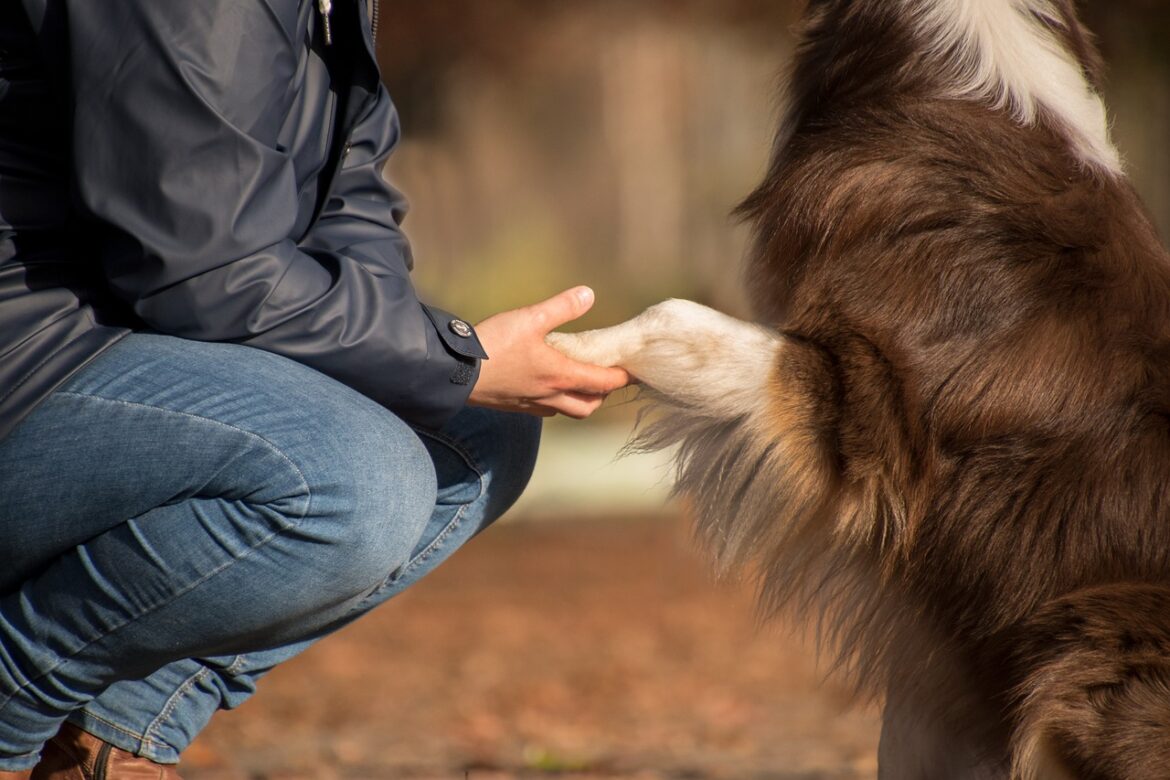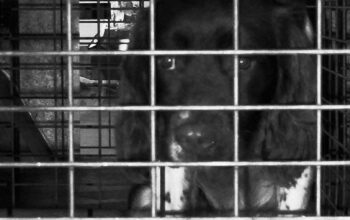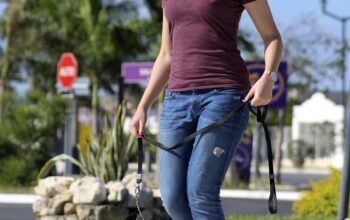When starting new puppies in our training programs, we use a lot of visual cues to aid in learning. This could mean that we may adjust our body language for the sit command, point a lot to the ground for ‘down’ and bend down for a recall. The reason we do all of this is that dogs generally learn more easily and faster with visual clues. But once the dog knows what down means, should you still be required to bend down and point the ground to all the rest that you have to lay down? Yes! At some point we have to ween them off the help and hold them responsible for a command that they know, we must stop helping them if it is not needed.
In addition to constantly needing to add a hand signal to command your dog gave in order to get a response, remember that your dog has to already be looking at you in order for the hand signal to work! So if your dog is in the act of chasing a squirrel or is making a grandiose hand gesture for come’ really going to help your dog turn and come back to you? Or let’s say your dog is leash reactive and is bristling at the sight of another dog. Is your raised hand going to help him sit and regain his composure? You need not have any hands full to push a stroller or to carry something and can’t make a hand motion?
Because we don’t always have the luxury of setting up and achieving our training, hand signals become less and less effective and more of a burden in real-world training applications.
I guess my confusion exists because a hand signal is in my eyes a form of assistance and not a complex skill in which only a few gifted dogs can take advantage. I am just more impressed with a dog that is functionally trained and handled with voice commands.



